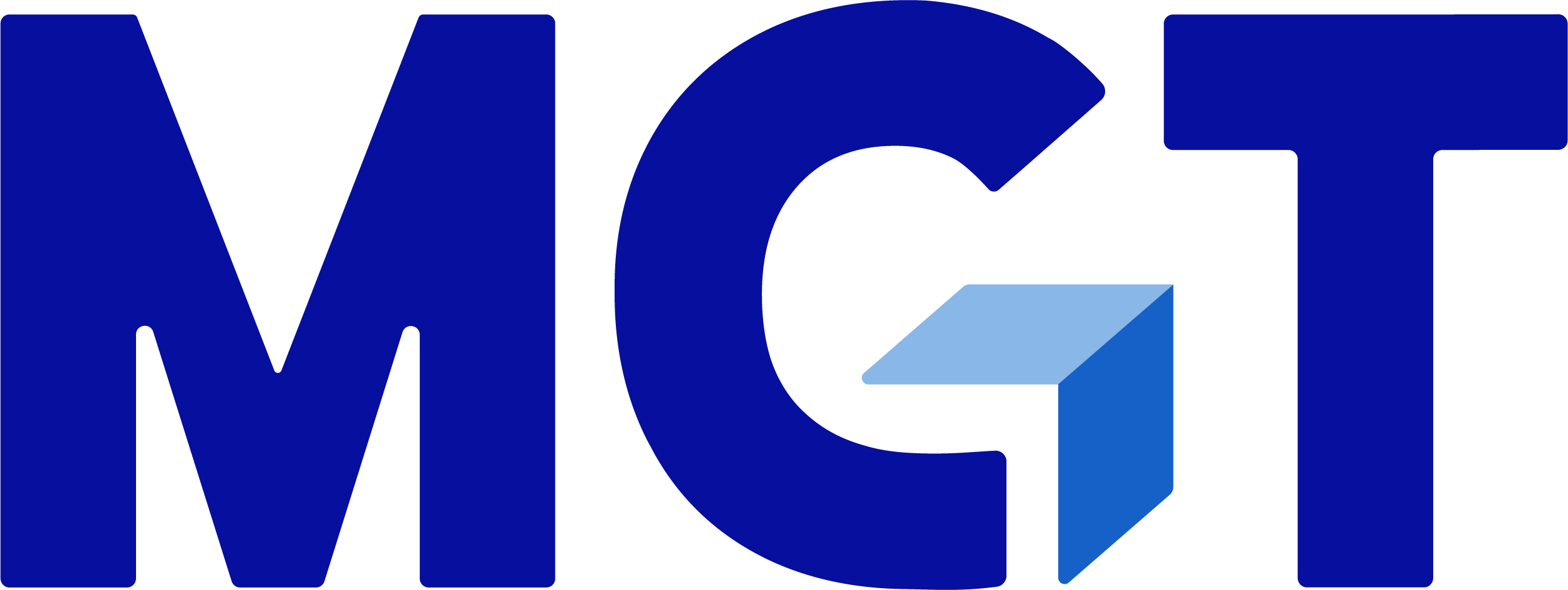 A School Services of California, Inc. article from June 28, 2019
A School Services of California, Inc. article from June 28, 2019
From the early 2000s to the onset of the Great Recession in 2008, statewide K-12 student enrollment grew. K-12 enrollment increased by almost 300,000 from 5,967,170 in 2000-01 to 6,265,550 in 2007-08, an average annual increase of 1.0%. In general, when school districts grow in general education student population, the marginal new revenue per new student exceeds the marginal cost of servicing that additional student. While there are challenges associated with enrollment growth, for instance student housing, growth in a local school agency’s general education population usually benefits the agency financially.
The opposite is true when a school agency experiences declining enrollment. When a school agency loses a student, it is nearly impossible to reduce expenditures by the same amount as the revenue loss. For instance, the statewide average Local Control Funding Formula revenue per student is approximately $10,000. Any local school agency would have a difficult time in reducing its expense budget by $10,000 as a result of servicing one fewer student.
During the Great Recession and recovery through 2017-18, statewide K-12 enrollment was essentially unchanged. Many districts declined in enrollment while others grew during this time, but statewide enrollment was flat. The outlook for the future, however, is not promising.
The Department of Finance forecasts declining enrollment from 2017-18 through 2027-28. Over this ten-year period, projected enrollment declines almost 260,000 to 5.95 million, an average annual drop of 0.42%.


